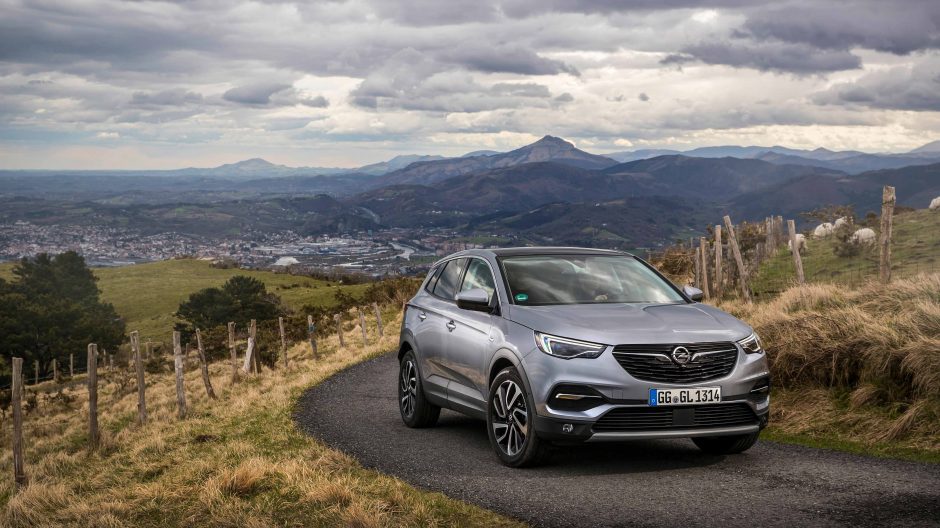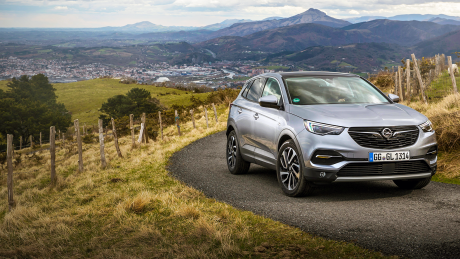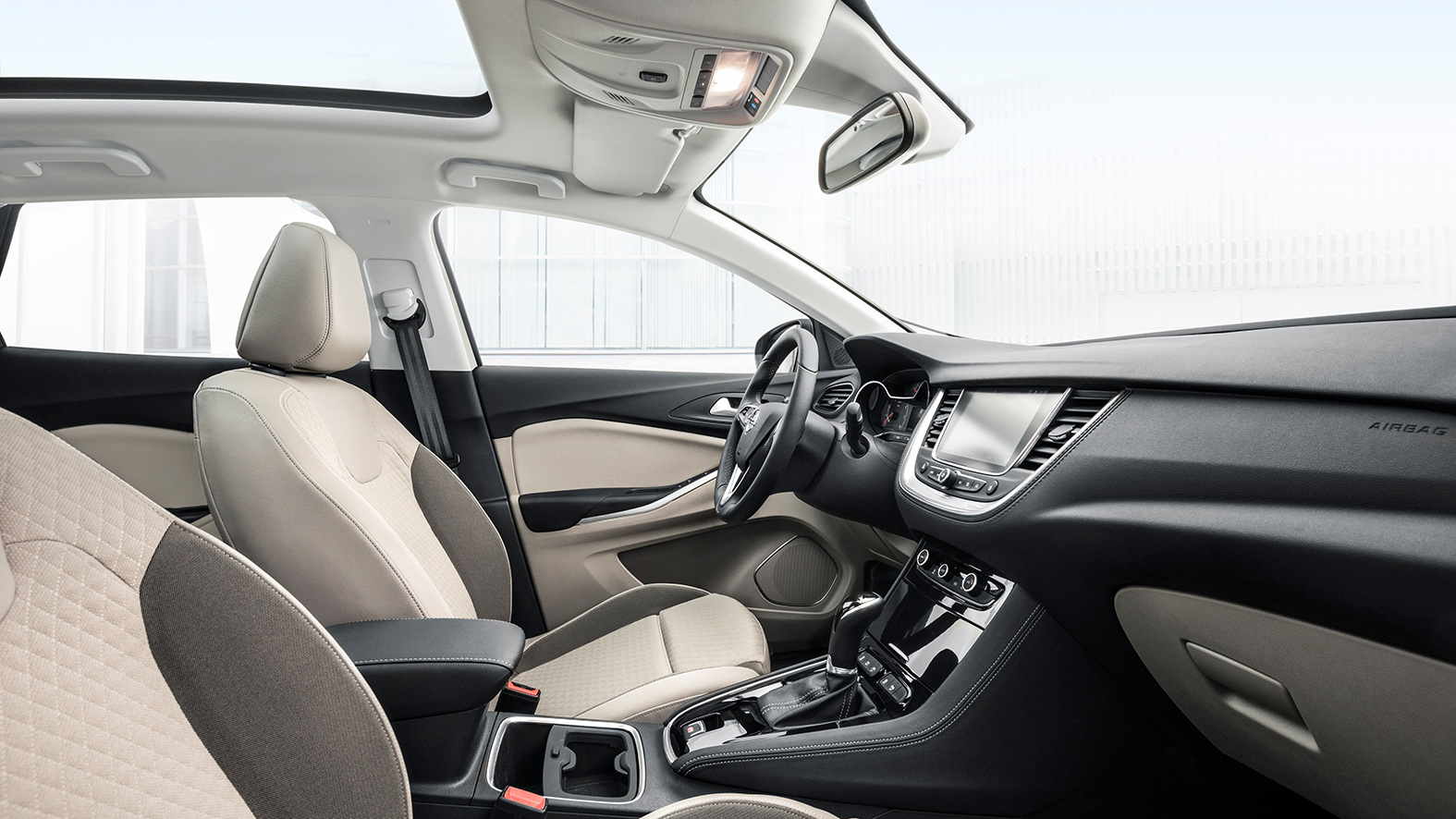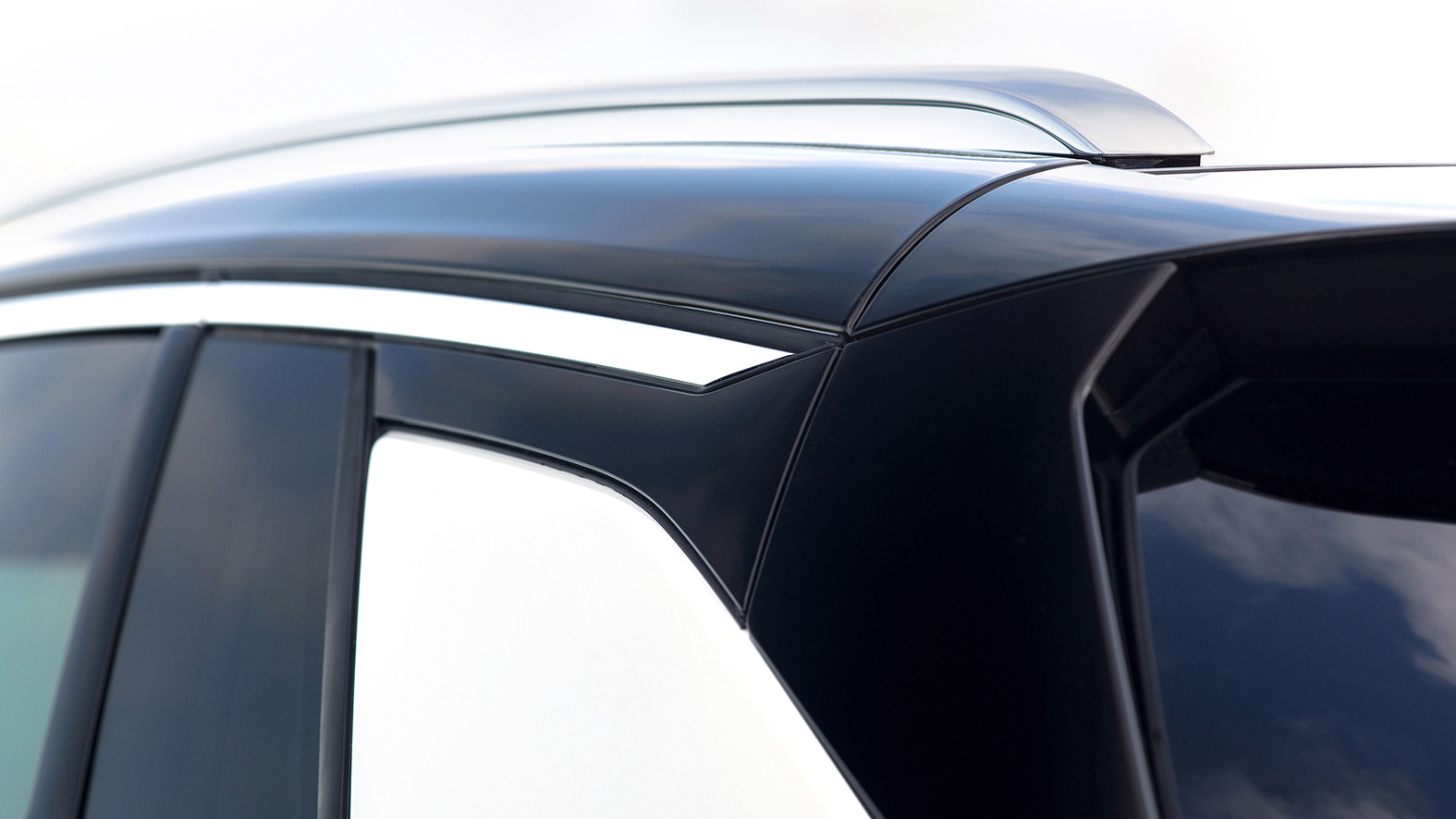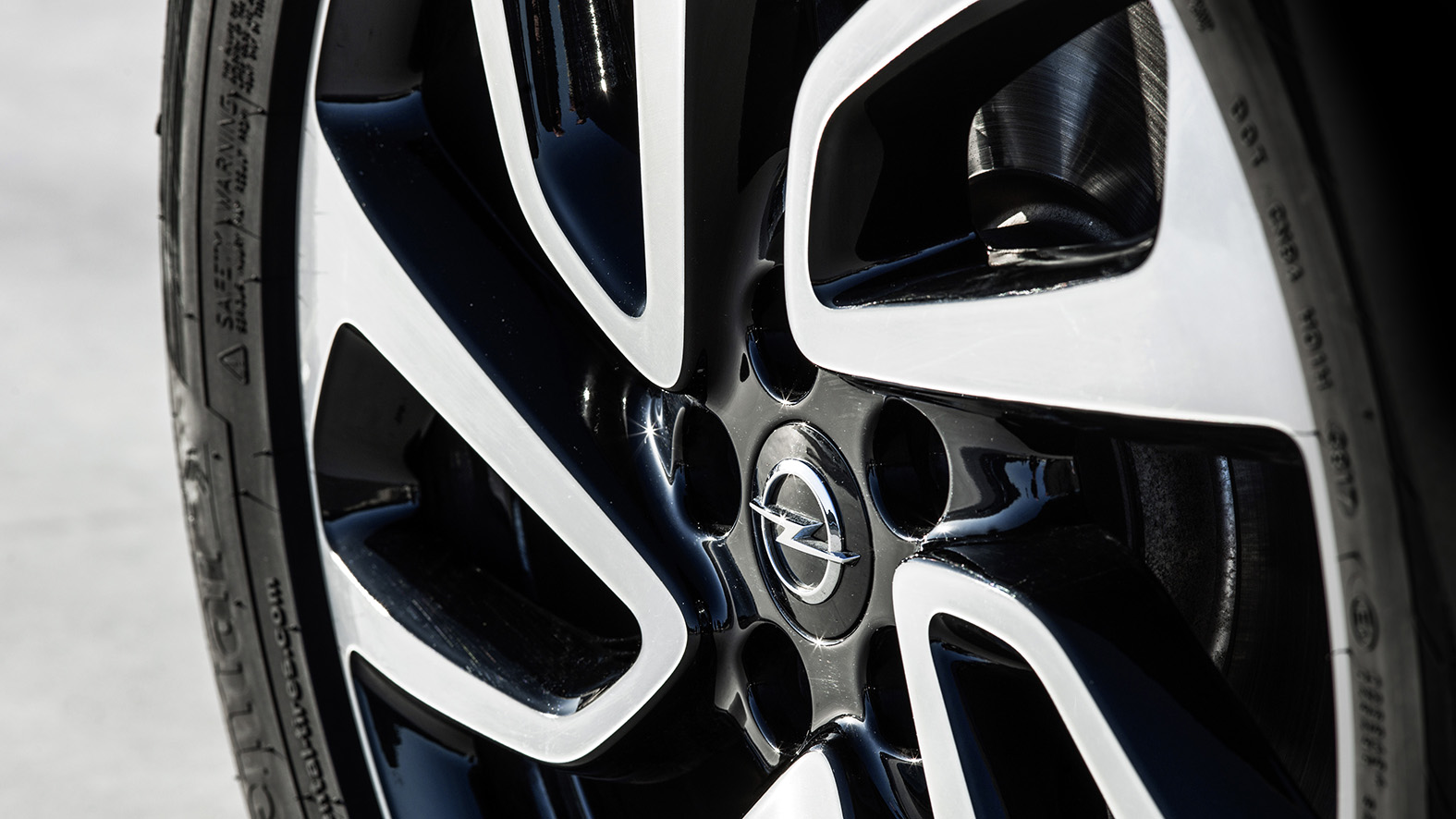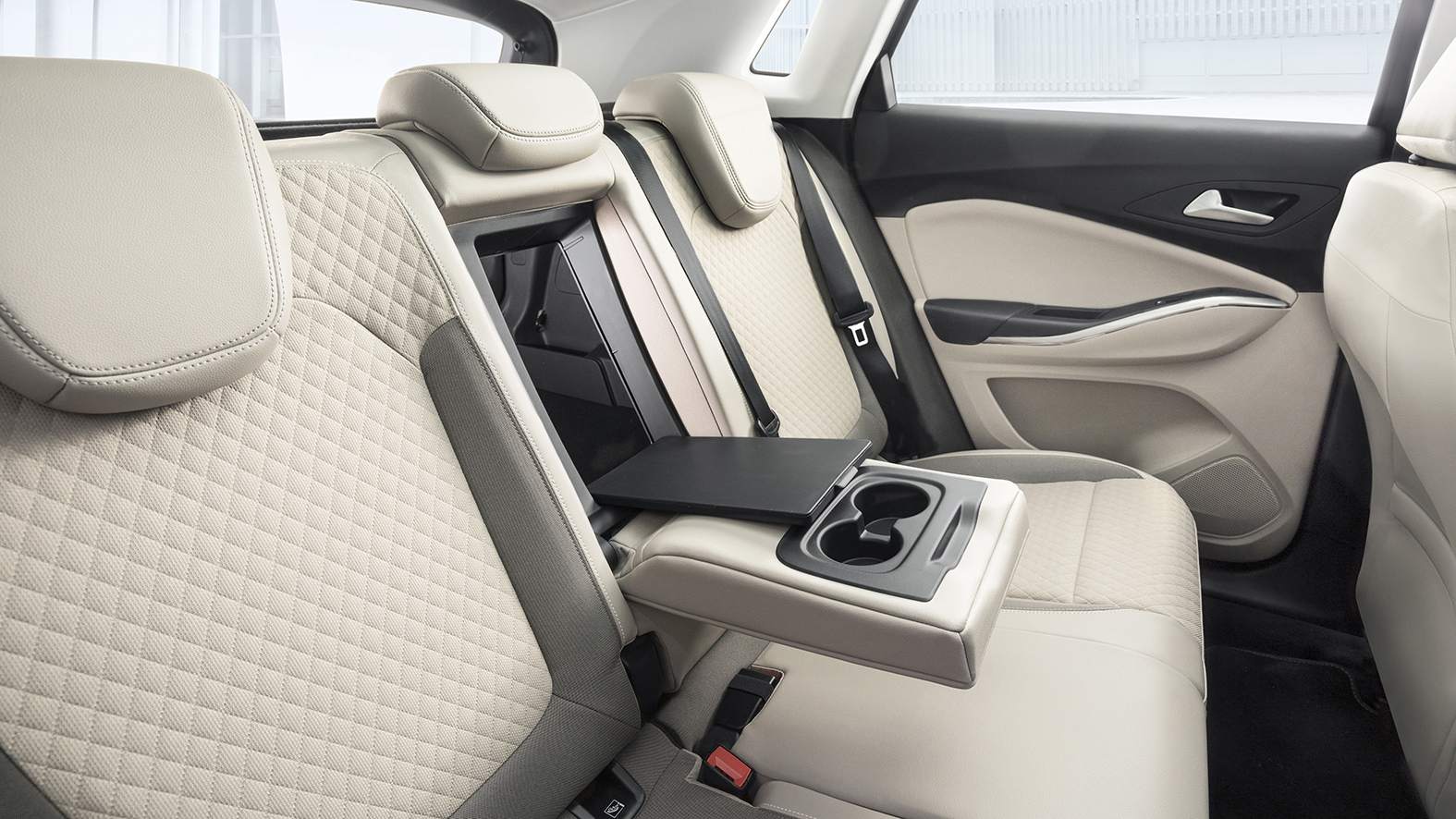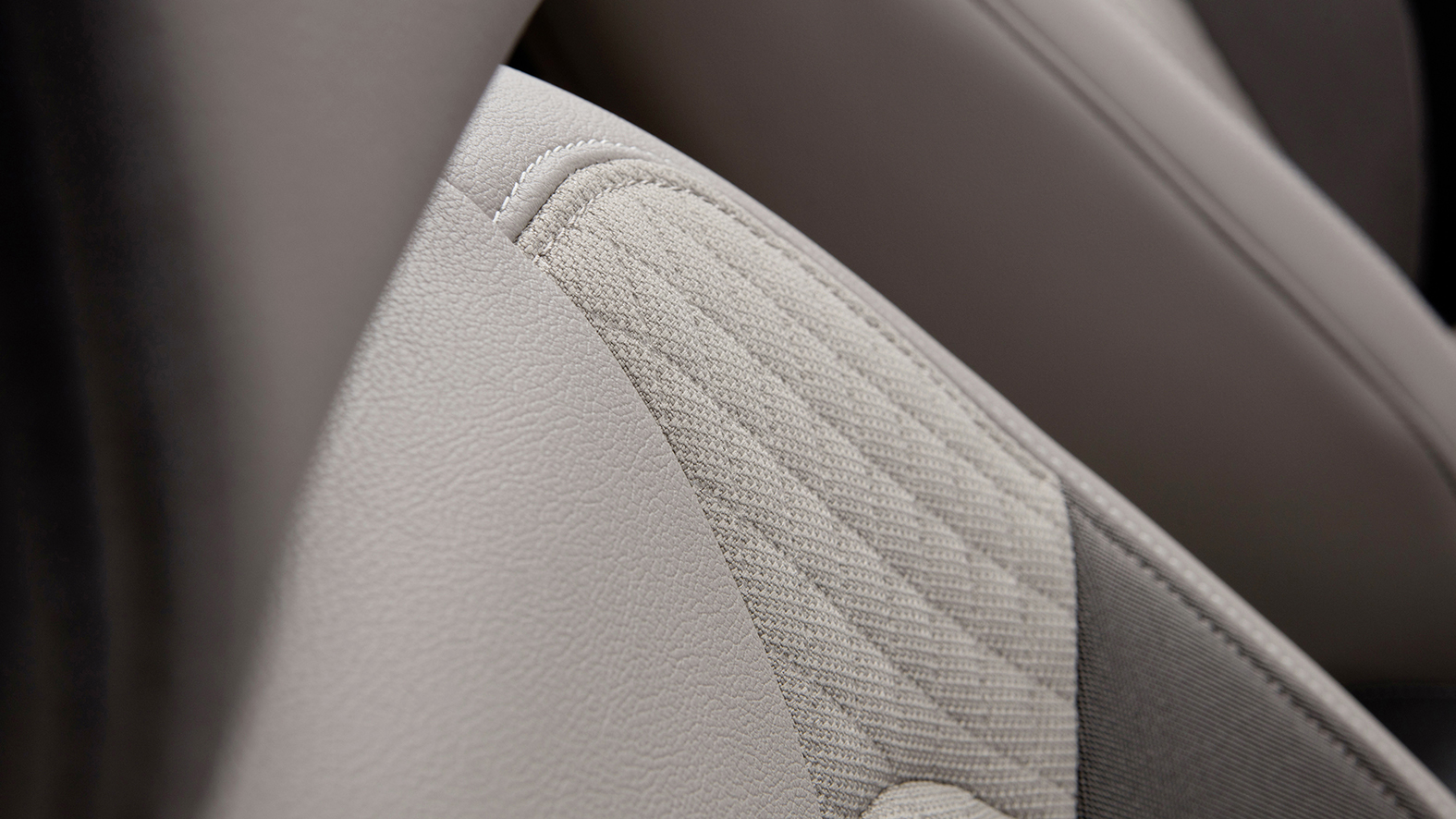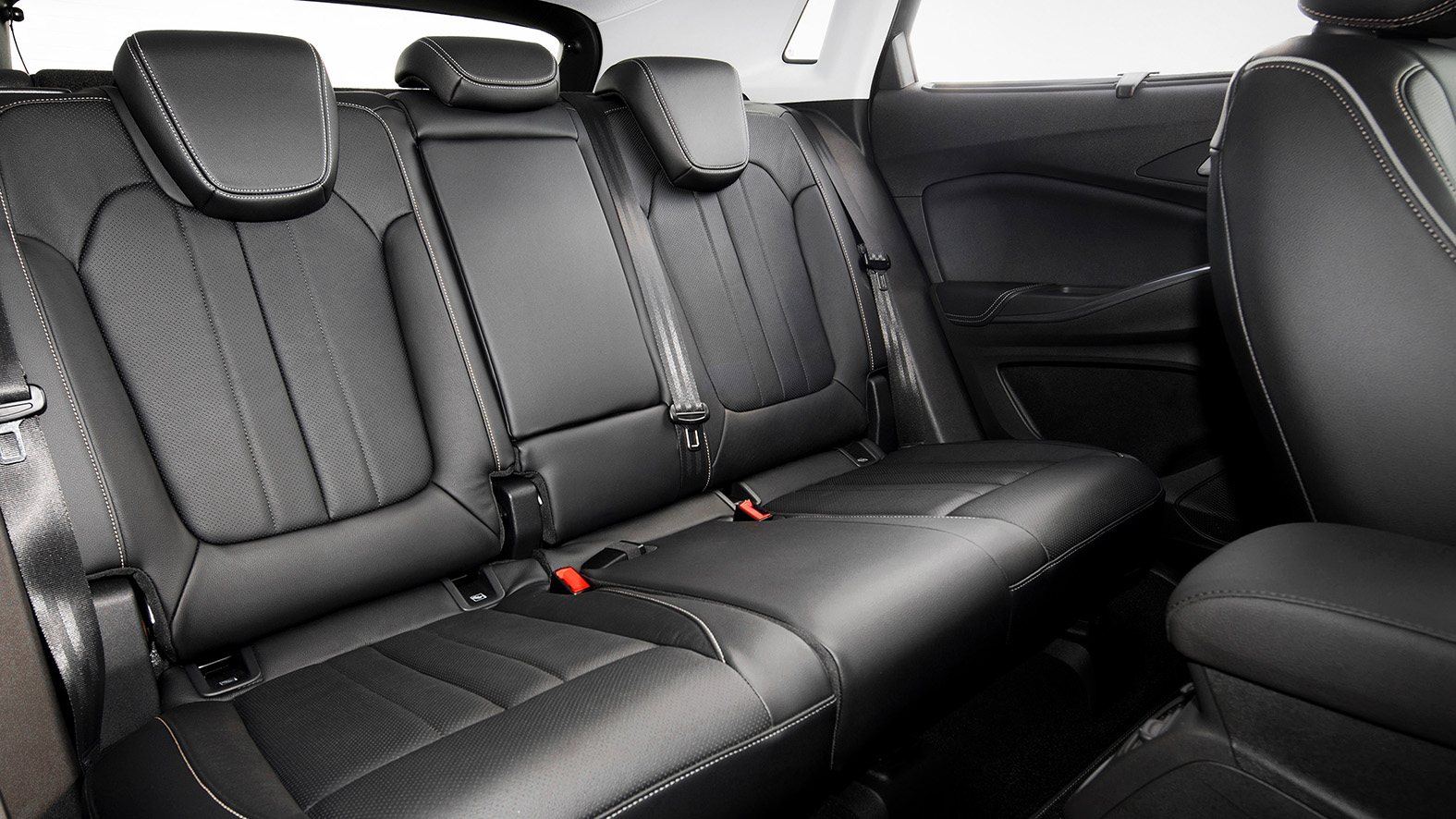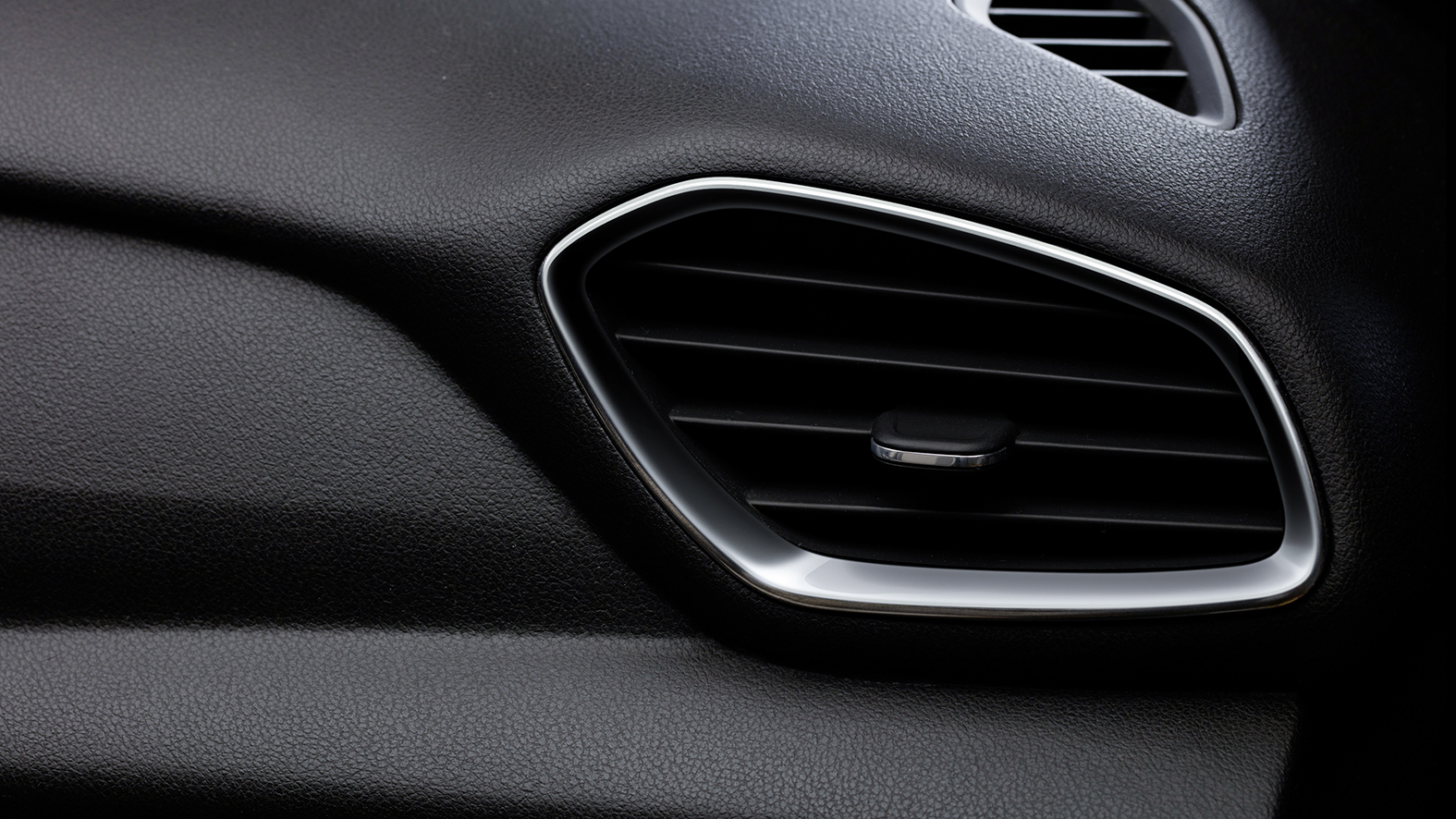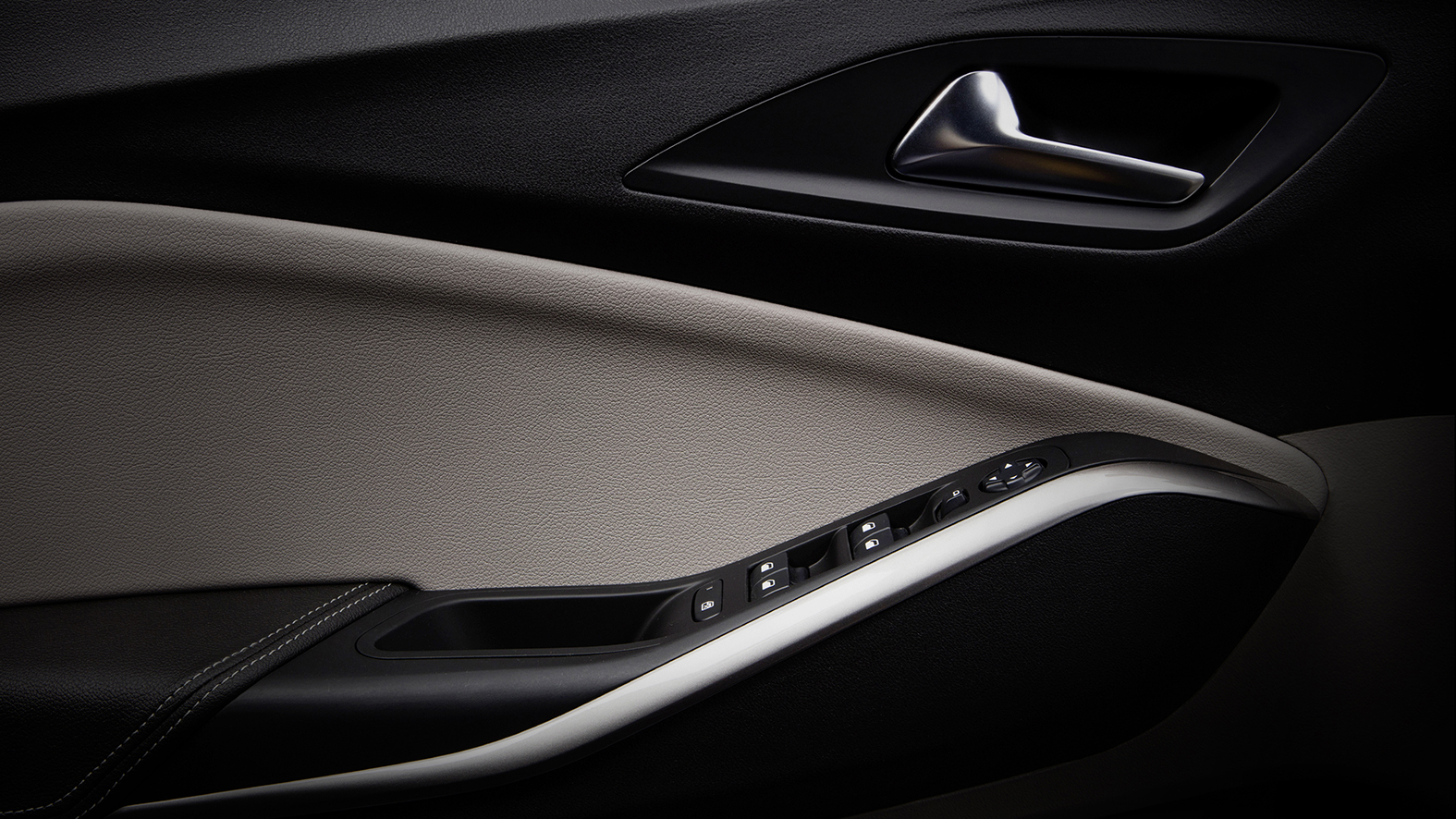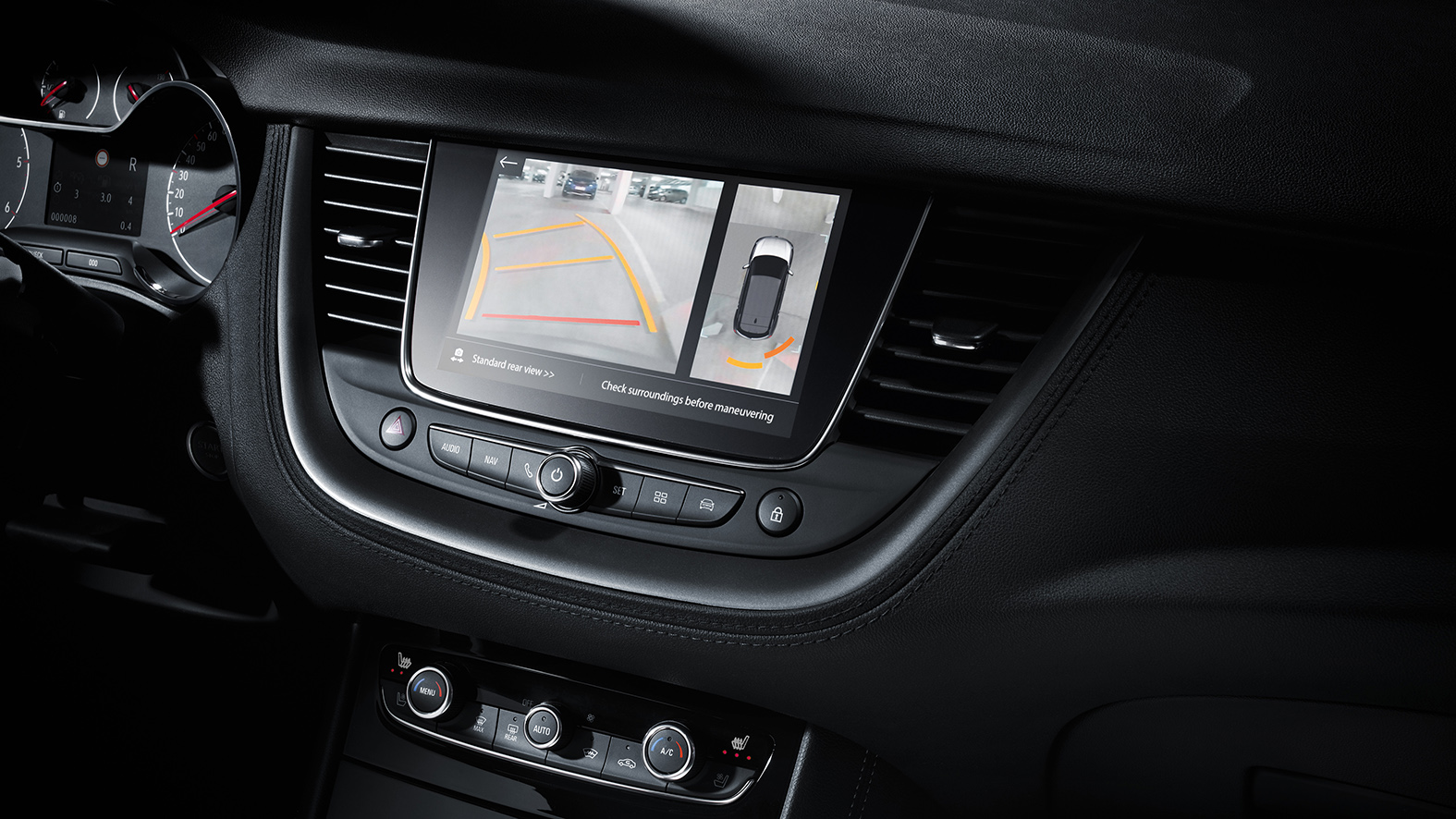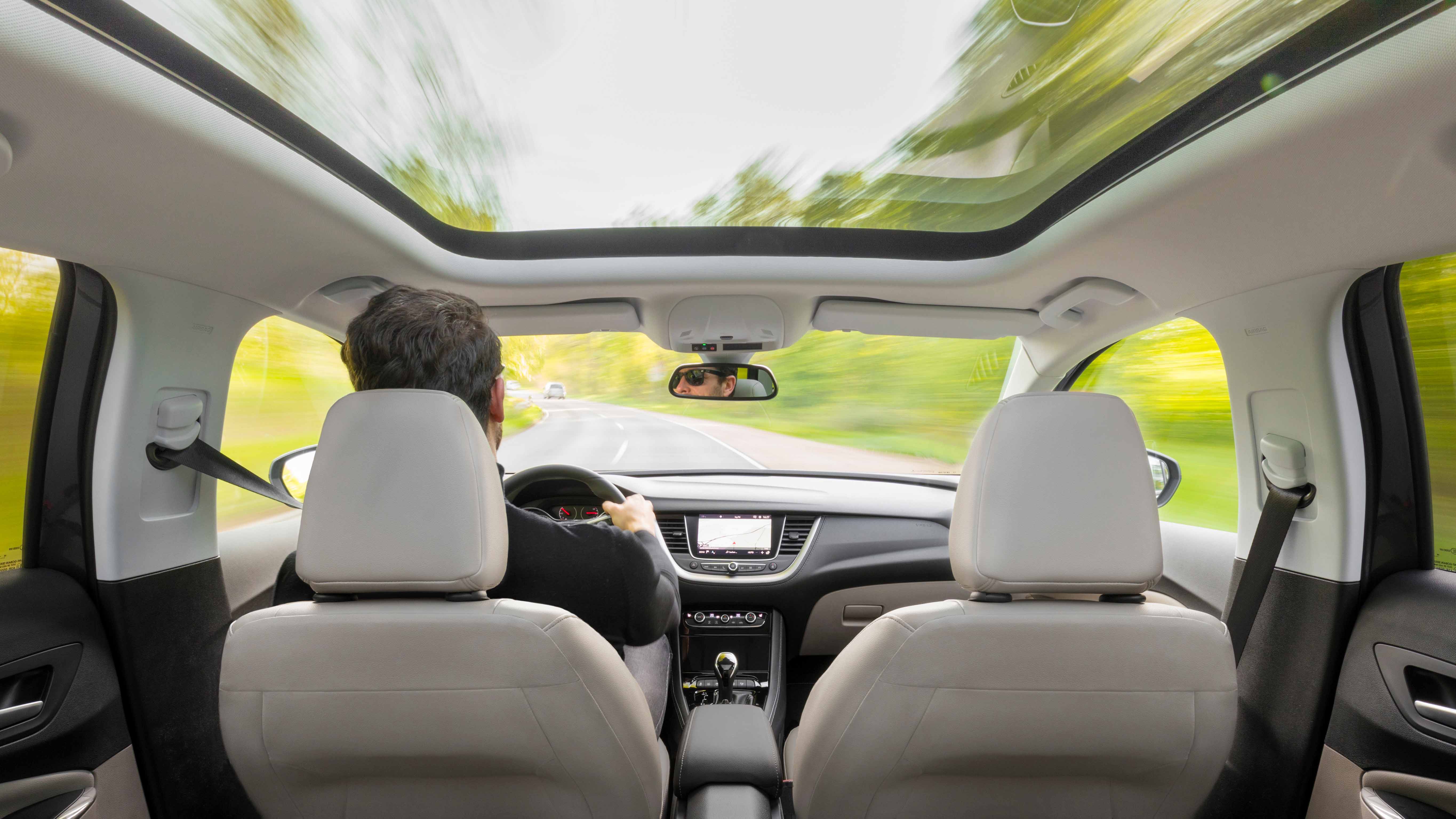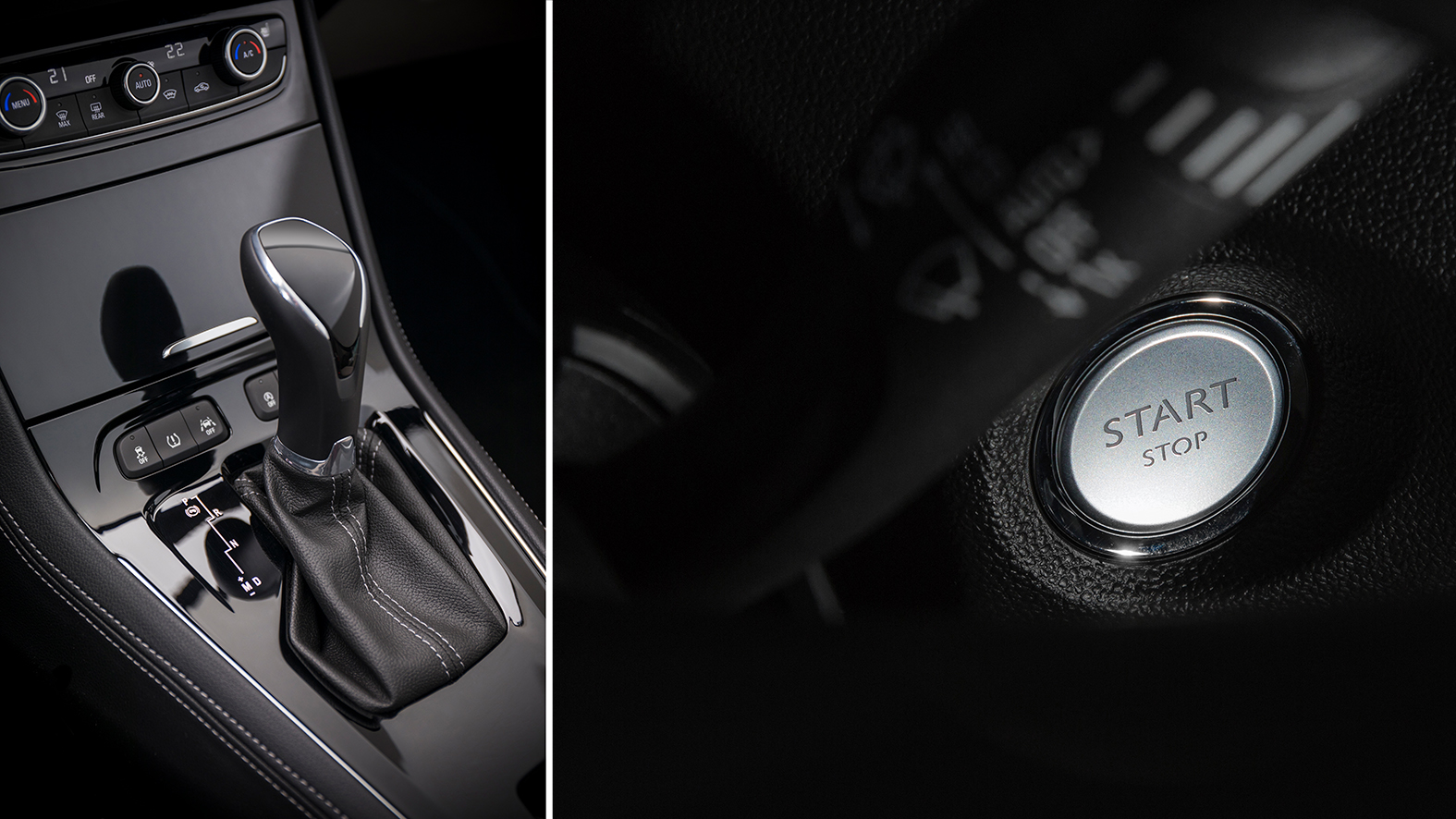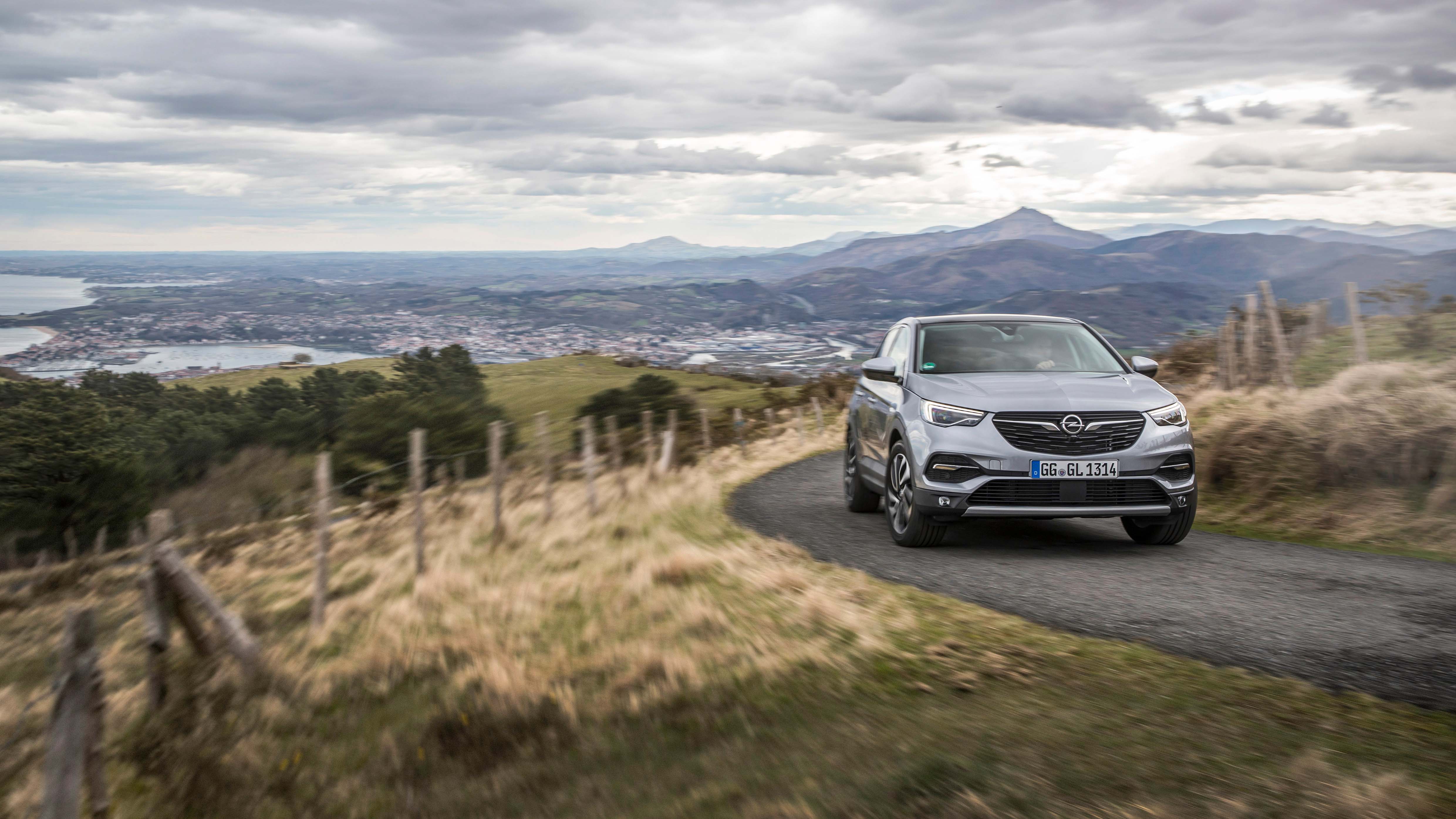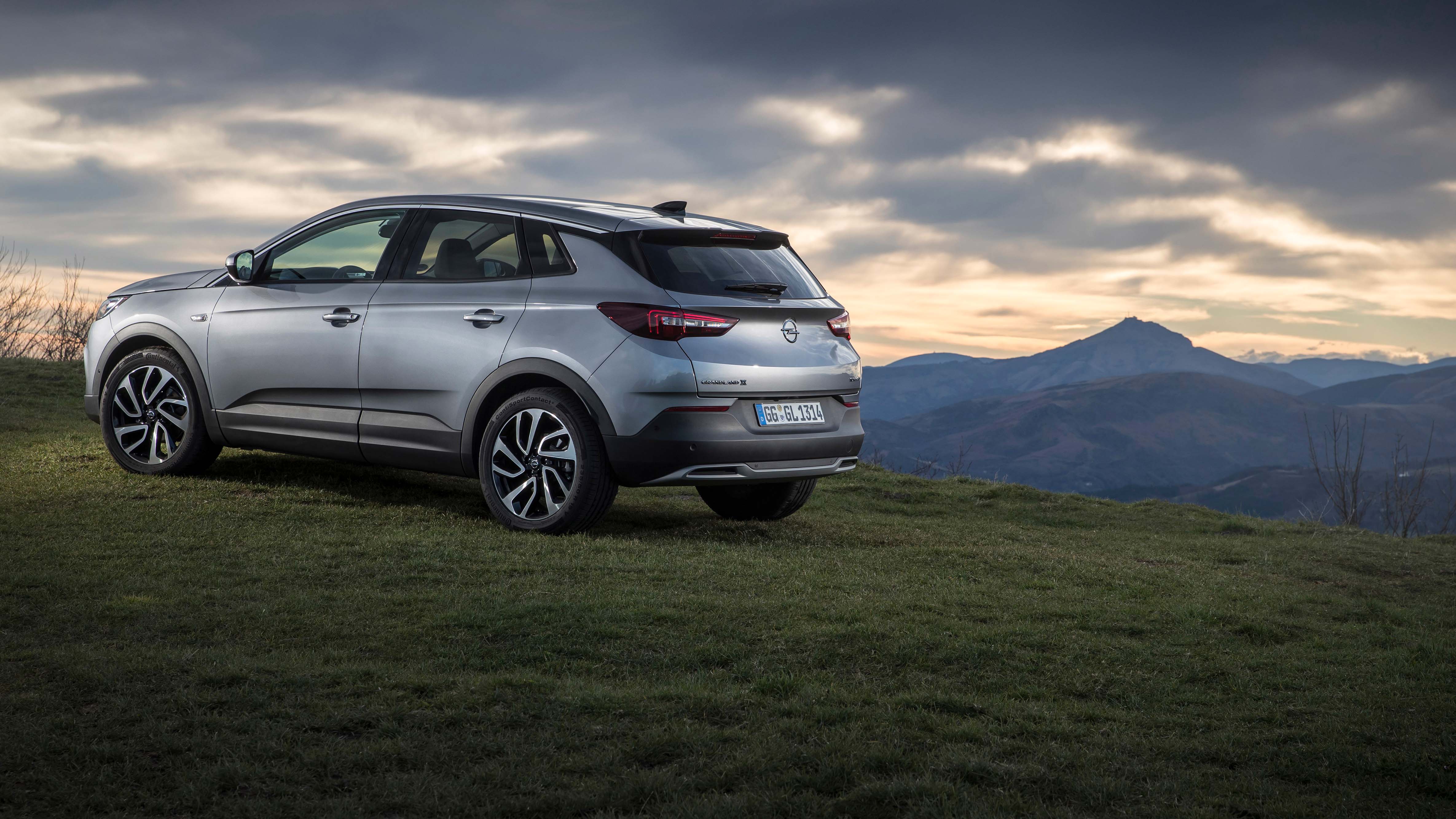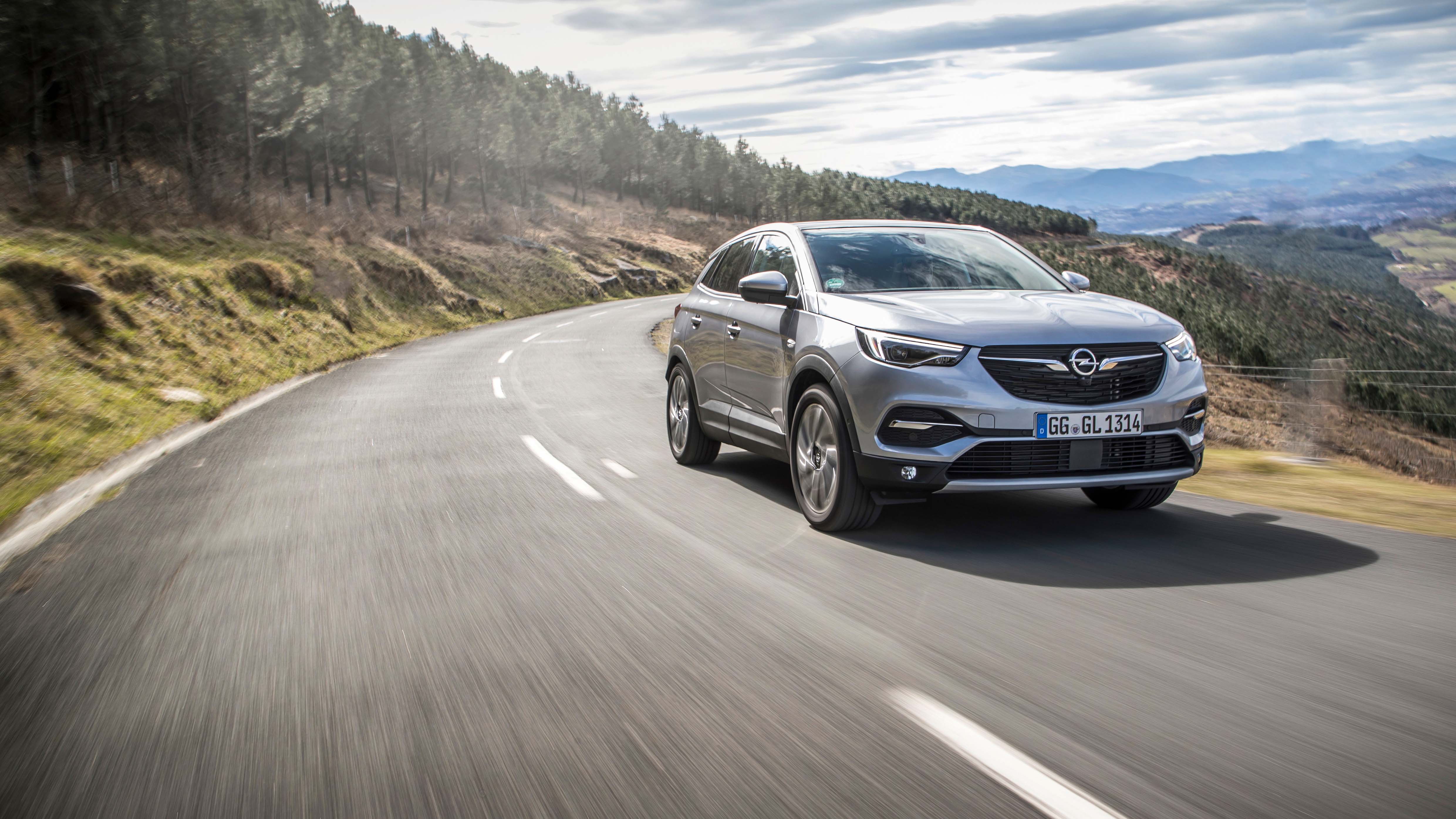„Kaixo!“ –
That’s How You Say Hello
‘Kaixo!’ The weather is glorious at Bilbao Airport. Spring may be taking its time elsewhere, but it’s already waxxing steady in Basque Country. Over the next few days, 400 journalists from across Europe will be landing at ‘La Paloma’ – that’s what the locals call their aeroporto, because its shape is reminiscent of a dove. In this region, where the local language uses more x’s than any other, the media wants to get a good look at the new Grandland X with its Ultimate line of premium features and high-powered, two-liter 177 hp diesel engine – after all, it wouldn’t do be outfoxxed by all the hype.
And of course, it’s important to mention that when you say ‘kaixo’, which means ‘hello’, the ‘x’ isn’t pronounced as an ‘x’ at all. In fact, it sounds more like the ‘sh’ of the sun ‘shining’ off the vehicle’s 19-inch, two-tone light alloy wheels – the perfect finishing touch for the Ultimate SUV. Or does that honor go to the silver rooftop railing? In other cases, the ‘x’ is pronounced more like an ‘s,’ as in the Denon premium ‘sound system’ that provides pitch-perfect acoustics for when you’re relaxing in the premium ergonomic seating and enjoying the leather interior.
The Basque Language
Up until 2016, the Royal Spanish Academy dictionary still wrote the following about the Basque language: “Something that is so confusing and obscure that one cannot understand it.” That actually says it all. Basque remains a baffling anomaly. No one knows exactly how old the language is or where it comes from,
whether it is really a so-called language isolate or if it is perhaps related to the Georgian or even the Niger language Songhai. But one thing is clear: Basque is almost impossible to learn and impossible to understand. That’s why it remains a mystery as to where the Basque infatuation with the letter X comes from.
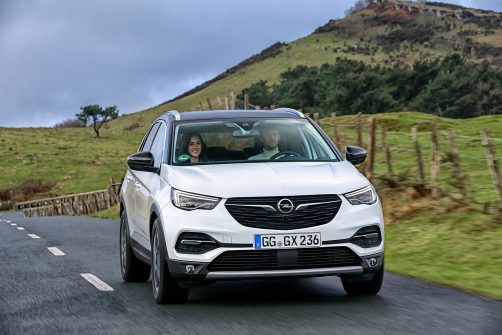
Premium line: ‘Ultimate’ means luxurious series features.
“The new Ultimate is always a great choice. Even the internal combustion versions are the cleanest vehicles of their type, equipped with SCR exhaust gas treatment.”
– “Der Mobilitätsmanager” –
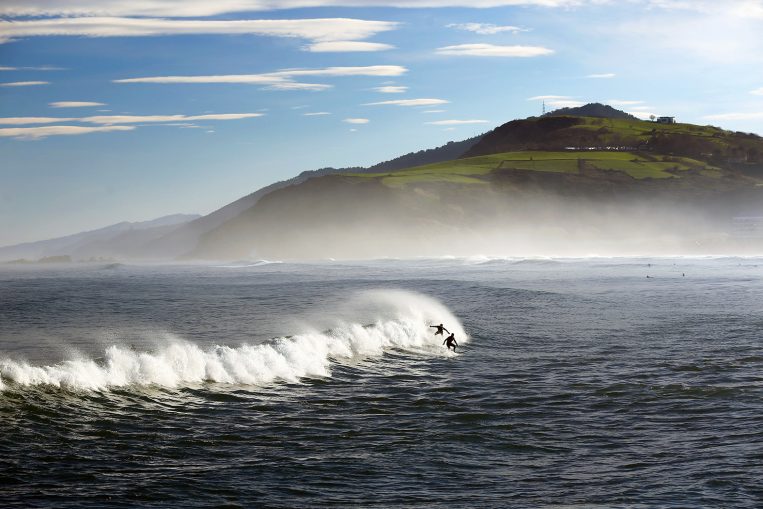
Paradise for wave riders: The Playa de Zurriola’s wild waves mean that bathing is seldom permitted, but the area is quite the hub for surfers from around the world.
San Sebastián Royal
It all started in 1845 with Queen Isabella II’s cold sore. Prescribed stays at the seaside to cure it, the Spanish monarch chose to travel to San Sebastián, at the time a sleepy little town. The royal guest and her entourage prompted an upswing in tourism that continues to this day. As the city had to expand with the growing in influx of spa guests, it began with the construction of the aptly named “Area romántica” quarter in the mid-19th century. The almost completely preserved Belle Époque quarter, also known as Little Paris, features highlights including the City Hall on La Concha Bay that is considered one of the most beautiful buildings on the Iberian Peninsula.
Of course, the heart of the Grandland X Ultimate is the new high-powered, two-liter diesel engine. Journalists will learn all about the engine’s numbers, data, and facts at the Hotel Igeretxe, located directly on the Bay of Biscay in Getxo, a city near Bilbao. It’s a two-liter 130 kW/177 hp diesel engine with a maximum torque of 400 Newton meters generated with an average consumption just five liters per 100 km – Andreas Holl, Head of Chassis Development at Opel, is really making some xerious promises here.
High-Powered: The Two-Liter Diesel Engine
Thanks to the exhaust gas treatment system with AdBlue injection, nitrogen oxides (NOx) are effectively neutralized. This liquid urea solution contains ammonia, which reacts with the nitrogen oxide in the SCR catalytic converter to produce a non-toxic mixture of nitrogen and water. “That makes the new 2.0 turbo diesel model a key to the future,” says Holl, reporting to the media representatives. Both the powerful drivetrain itself and the new eight-speed automatic transmission deliver impressive numbers. It’s certainly good news, and it sounds even better set to this exxquisite sea view.
XXXXXXXXXXXXXXXXXXXXXXXXXXXXXXXXXXXXXXXXXXXXXXXXXXXXXXXXXXXXXXXXXXXXX
ul|ti|ma|te
from Medieval Latin ultimatus = maximum; most extreme; being the greatest possible
- Exquisit: Die Premium-Ausstattungslinie „Ultimate“ hat diverse Extras an Bord.
- Die silberfarbene Dachreling und das Diamant-Schwarz lackierte Dach.
- Sowie 19-Zoll-BiColor-Leichtmetallräder.
- Schöner Wohnen: Premium-Ergonomie-Sitze und Lederausstattung.
- Der Anspruch: Qualität bis ins Detail.
- Schwarz sehen? In diesem Fall sehr gerne.
- Die Designer haben dem Innenraum ein Upgrade gegeben – bis ins Detail.
- Hochwertige Textur: Die Türinnenseite sieht nicht nur gut aus, sondern fühlt sich auch gut an.
- Features wie das AFL LED-Licht, die 360-Grad-Kamera oder der automatische Parkassistent gehören zum Premium-Paket.
- Nicht nur am Golf von Biskaya eine lohnenswerte Option: das Panorama-Glassonnendach.
- Die neue Achtstufen-Automatik kommt in Kombination mit dem Vierzylinder-Diesel.
- Für gute Traktion auf allen Wegen: IntelliGrip (optional erhältlich) passt die Kraftverteilung an die Vorderräder an, lässt gegebenenfalls Schlupf zu.
- Der Zweiliter-Turbodiesel erweitert Opel das Antriebsangebot nach oben hin.
- Die Spitzengeschwindigkeit wird bei 214 km/h erreicht.
XXXXXXXXXXXXXXXXXXXXXXXXXXXXXXXXXXXXXXXXXXXXXXXXXXXXXXXXXXXXXXXXXXXXX
And now the moment everyone has been waiting for. Thirty Grandland X Ultimate vehicles equipped with the new diesel engine are ready to take off and drive the 245 kilometers on the AP-8 from Bilbao to San Sebastián. The route traces the border of the Urkiola National Park, which offers an XXL view of the mountains and limestone cliffs. Not for nothing that the park’s a paradise for hikers and mountaineerx. For the test drivers, the hilly route proves one thing beyond a doubt: The Opel people aren’t pulling any trix. The new diesel has plenty of power. The handling, chassis, and cornering are impressive, and the eight-speed automatic transmission shifts smoothly and silently. “The aerodynamic Grandland X drives as dynamic as it looks,” reports the representative from ‘Der Mobilitätsmanager’.
Promising findings are also noticed by the editor from ‘welt.de’: “From zero to a hundred km/h in 9.1 seconds is not a bad figure for an SUV. Thanks to the automatic transmission, which shifts the gears calmly and without a noticeable delay, it succeeds in achieving an optimum balance between relaxed cruising and active cornering. The engine acts very quietly at every operation. Likewise, curvy tracks can be managed in a relaxed way, as the car is enjoyably balanced between sporty and comfortable.”

Exxorbitant: The towing capacity of 2,000 kilograms.
Exxposed: Towing Talent
The final third of the trip takes our drivers along the wild Atlantic coast. At the port of Zumaia, the Grandland X Ultimate poses alongside a trailer and a jet ski. It’s not only the perfect atmosphere, it also shows off the Ultimate’s qualities as a towing vehicle. “Believe it or not, the high-powered diesel engine enables the vehicle to tow 2,000 kilograms,” notes Andreas Holl. We make a pit stop at the restaurant Marina Berri to sample some ‘pintxos,’ or Basque tapas. Truly exceptional. Our destination is the Hotel Maria Cristina, an exclusive luxury resort rising majestically over the center of San Sebastián. Could this be Europe’s happiest city? The extraordinary view from the terraces tells us all we need to know: It just might be.

Ongi etorri Donostiara!: San Sebastián is known as the happiest city in the world.
1 NEDC diesel consumption urban 5.3-5.3[2] l/100 km, extra-urban 4.6-4.5[2] l/100 km, combined 4.9-4.8[2] l/100 km, 128-126[2] g/km CO2
2 With low rolling resistance tyres.
March 2018
